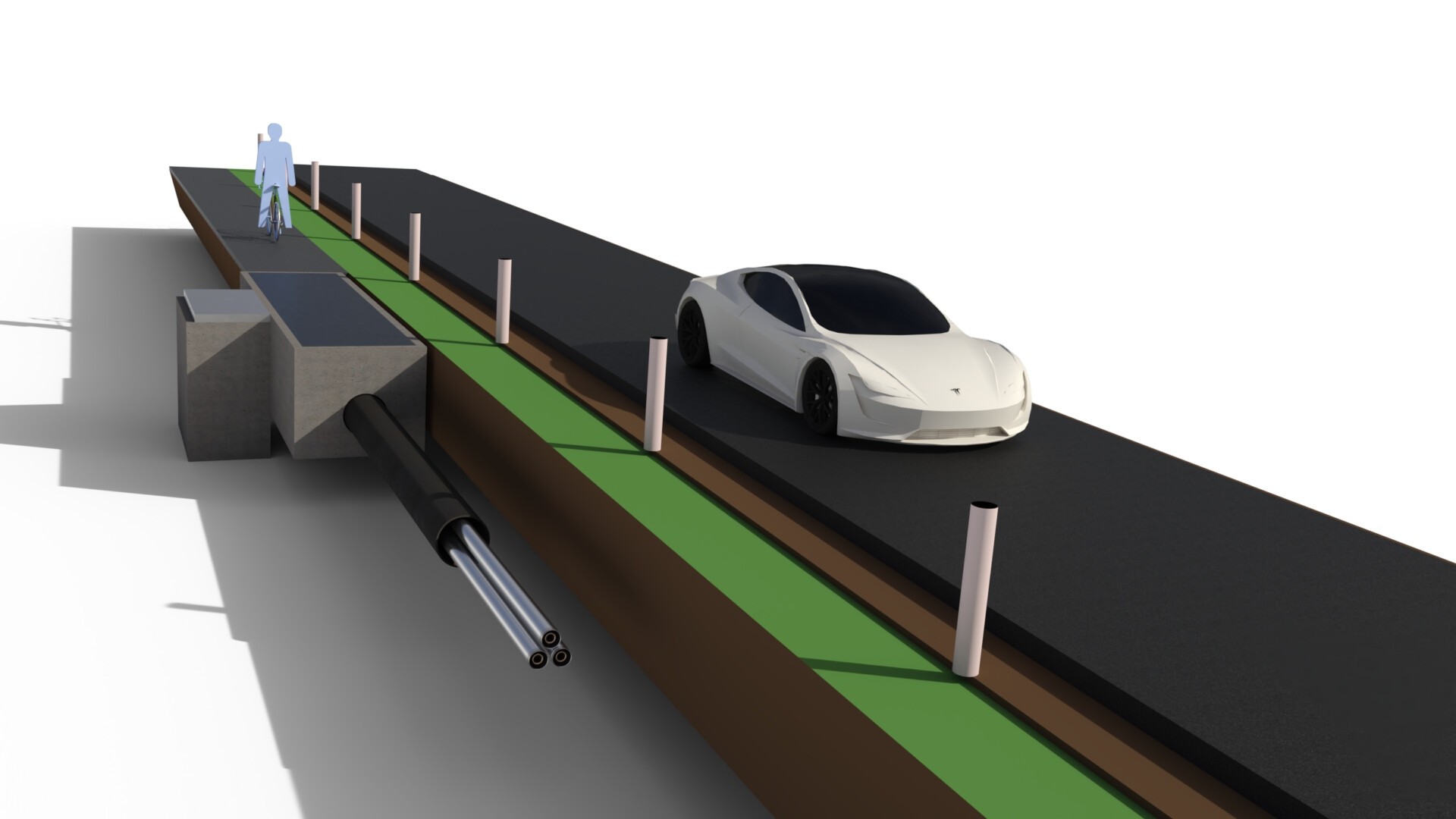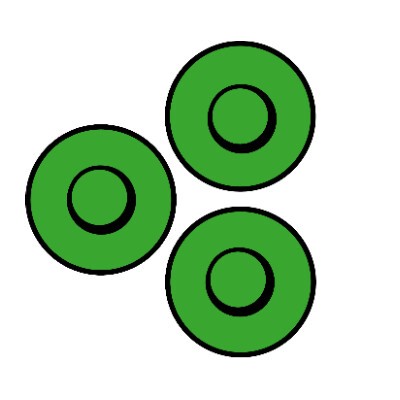Innovation requires system expertise: Why new approaches to power grid expansion are crucial
The message recently submitted by the Federal Council on accelerating grid expansion ('Grid Express') is a significant step – not only for the implementation of the Energy Strategy 2050, but also for the urgently needed technological change in Switzerland's transmission grid.
A key signal: the overhead line principle is no longer being considered. This clears the way for underground alternatives where they make technical, ecological and economic sense. However, not all underground cabling is automatically a good idea, as Swissgrid's new cable study for Switzerland clearly shows.
Technical limitations of conventional underground cables
According to the study, classic 220/380 kV underground cables with plastic insulation pose significant systemic challenges:
- Excessive reactive power → requires expensive compensation systems
- Lower resonance frequencies → increase susceptibility to faults and make network restoration more difficult
- Lengthy repairs → jeopardise security of supply in the event of faults
- Cost burden for end consumers → over CHF 1.4 billion for comprehensive compensation
These effects are not isolated but have a systemic impact on the entire grid – especially with the increasing use of power electronics, in blackout scenarios and in fine-tuning during extra-high voltage operation.
‘Pressurized air cables’: a new solution for high-voltage underground connections
With its pressurized air cables, Hivoduct offers a powerful and grid-compatible alternative to traditional cable technology.
By using air as a dielectric and aluminium conduits, the technology is closer to overhead line design, but the compressed air cables can still be laid underground. This offers several advantages over traditional underground cables:
Less reactive current
→ lower grid load, no additional compensation equipment required
Compact routes
→ use of existing tunnels, reduced space requirements, easy installation, minimal impact on the landscape
Maintenance-friendly and durable
→ modular design, revisable, reusable, particularly suitable for tunnel installation and mountainous regions
More stable system behaviour → fewer resonance effects, better protection when restarting after faults
Conclusion: Underground – but with a system
The future of the power grid does not lie solely in the question of ‘above or below’, but in the intelligent combination of physical understanding, technical feasibility and economic sense. By abandoning the principle of overhead lines, the Federal Council is sending a clear signal: innovative solutions such as compressed air cables are now in demand.


